When it comes to transporting livestock, particularly pigs, understanding the capacity of your vehicle is crucial. This is not only essential for ensuring humane treatment of the animals but also impacts logistics, transport costs, and overall efficiency. In this article, we will delve into the specifics of how many pigs can be safely and effectively transported in a semi-trailer, exploring various factors that contribute to transport capacity.
Understanding Semi-Trailers and Their Specifications
Dimensions and Capacity
A standard semi-trailer can vary in size, but typically, the interior dimensions are around 53 feet in length, 8.5 feet in width, and 9 feet in height. This gives a total volumetric capacity of approximately 3,800 cubic feet. However, the number of pigs that can be transported also heavily depends on factors such as:
- Weight Limitations: The federal weight limit for a semi-truck (including the cargo) is 80,000 pounds, but states may have different regulations.
- Space Allocation: Each pig needs a certain amount of space to ensure comfort and reduce stress during transport.
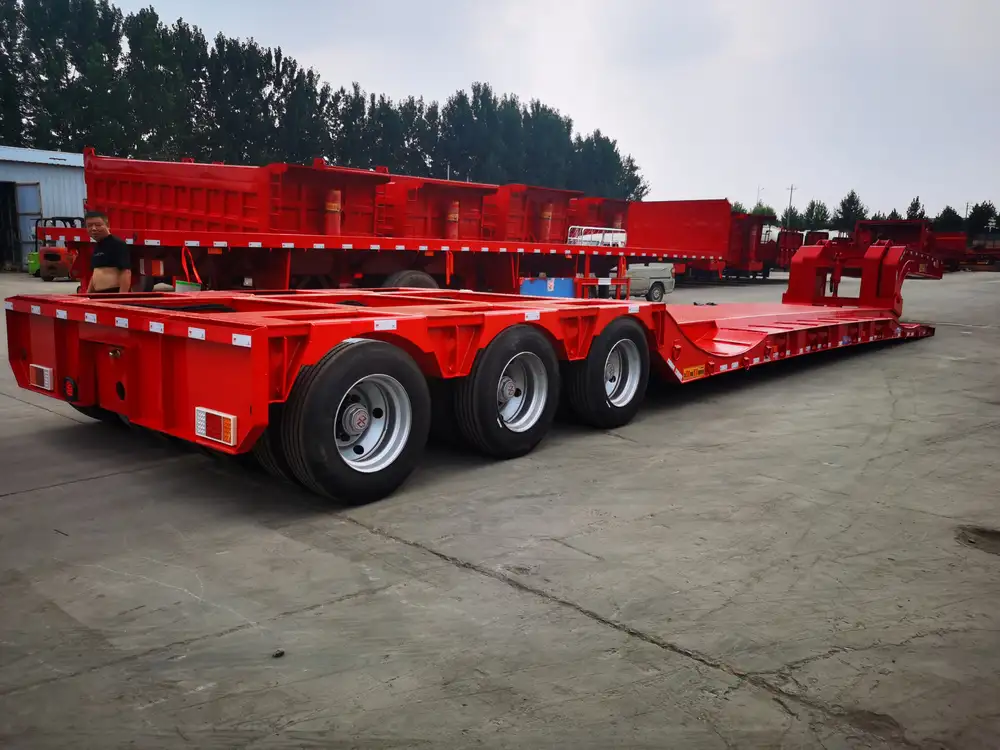
Weight Classes of Pigs
Before calculating how many pigs can fit in a semi-trailer, we must consider the weight classes:
| Weight Class | Average Weight per Pig |
|---|---|
| Weaner Pigs | 10-20 lbs |
| Feeder Pigs | 50-120 lbs |
| Finishing Pigs | 240-300 lbs |
| Breeding Pigs | 400-800 lbs |
Distribution of Weight and Space
When calculating the total number of pigs that can be transported, it is essential to distribute the weight evenly across the axles to comply with road regulations and maintain vehicle balance. Using specific flooring materials within the semi-trailer can aid in this weight distribution.
Calculating Capacity: The Formula
To determine the number of pigs that can fit in a semi-trailer, apply the following calculations:
Volume Calculation: First, determine how much space each pig occupies.
- For smaller pigs (like weaners or feeder pigs), allocate approximately 2-3 square feet per pig.
- For larger pigs, such as breeding and finishing pigs, allocate around 6-8 square feet per pig.
Example Calculation:
Assuming an average size of 2.5 square feet per weaner pig:
Semi-Trailer Floor Space:
53 ft length x 8.5 ft width = 450.5 square feetMaximum Weaner Pigs:
450.5 / 2.5 = 180 pigs
For larger feeder pigs (average size of 6 square feet per pig):
- Maximum Feeder Pigs: 450.5 / 6 = 75 pigs
For finishing pigs requiring 8 square feet each:
- Maximum Finishing Pigs: 450.5 / 8 = 56 pigs
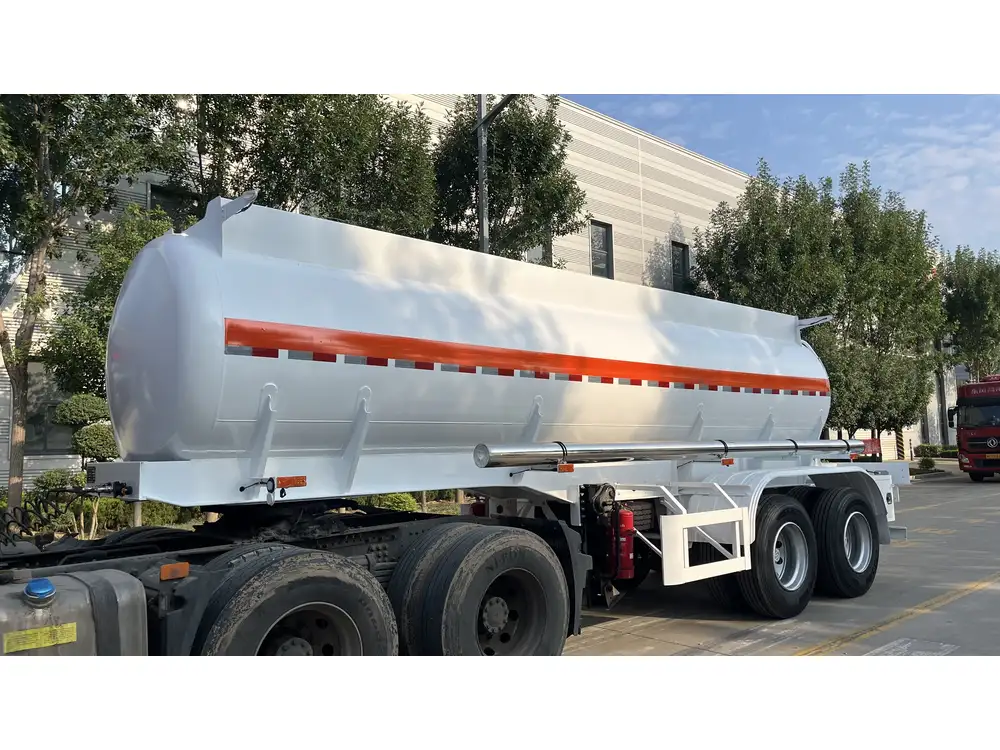
Note on Health Regulations
Compliance with animal welfare regulations is essential. The American Veterinary Medical Association (AVMA) recommends that pigs be given sufficient space to stand, lie down, and turn around without stress. Overcrowding can lead to increased mortality, sickness, and aggressive behavior, which ultimately impacts your bottom line.
Factors Influencing Transportation Capacity
1. Type of Trailer Configuration
Different trailer configurations can affect the number of pigs that can be safely transported. Examples include:
- Standard Trailers: Generally best for a variety of pigs, these provide adequate ventilation and space.
- V-Wall Trailers: Designed with a “V” shape, these can facilitate better airflow and animal comfort.
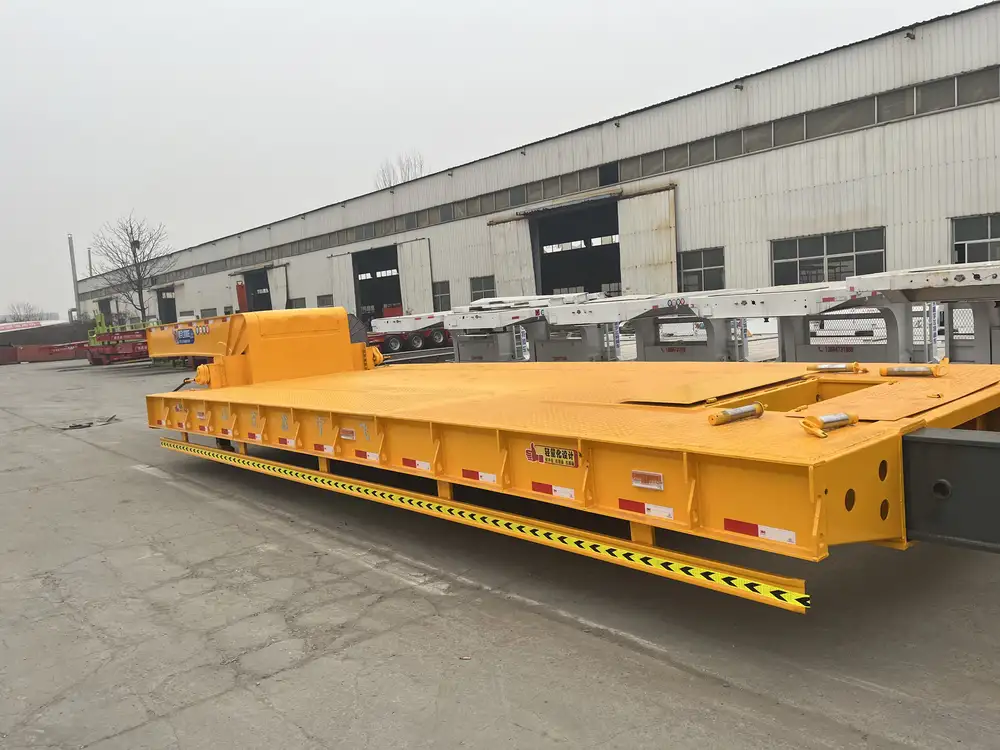
2. Climate Considerations
Pigs are sensitive to temperature extremes. In hot weather, the number of pigs that can be transported safely may need to be reduced to prevent heat stress. Ventilation systems in trailers can aid in cooling but may limit capacity.
3. Duration of Transport
The length of time pigs will be in transit influences their space needs. Longer journeys necessitate more space to allow for comfort, feeding, and potential resting periods.
4. Condition of the Animals
Health status significantly impacts transportation. Sick or injured pigs should not be transported in high-density loads as they may require more space and special handling.
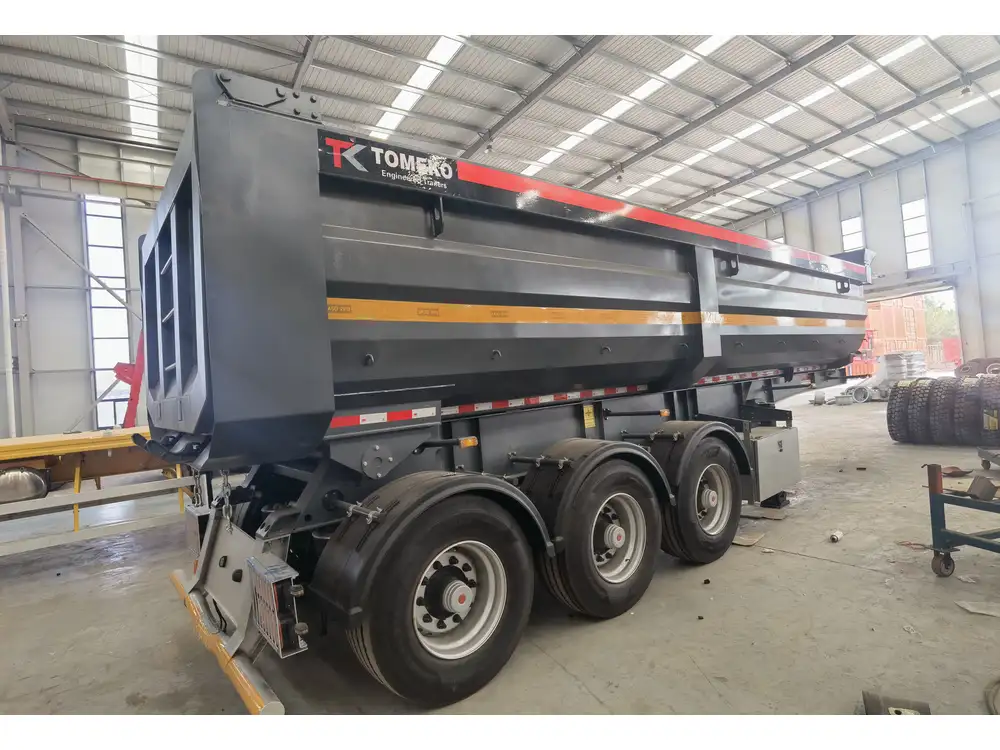
Best Practices for Transporting Pigs
- Pre-Transport Preparation: Ensure all pigs are healthy, and conduct a pre-transport health check.
- Containment: Use appropriate containment systems to minimize stress and injury.
- Hydration: Always provide pigs access to water before and during long hauls, as hydration is essential for health and comfort.
- Rest Stops: Schedule regular rest breaks, especially during long-distance transports. Safe stopping areas should allow pigs to stretch and rest.
Utilizing Technology in Livestock Transport
1. GPS Tracking
Using GPS technology helps optimize routes for timely deliveries and minimizes time spent on the road, which contributes to better animal welfare.
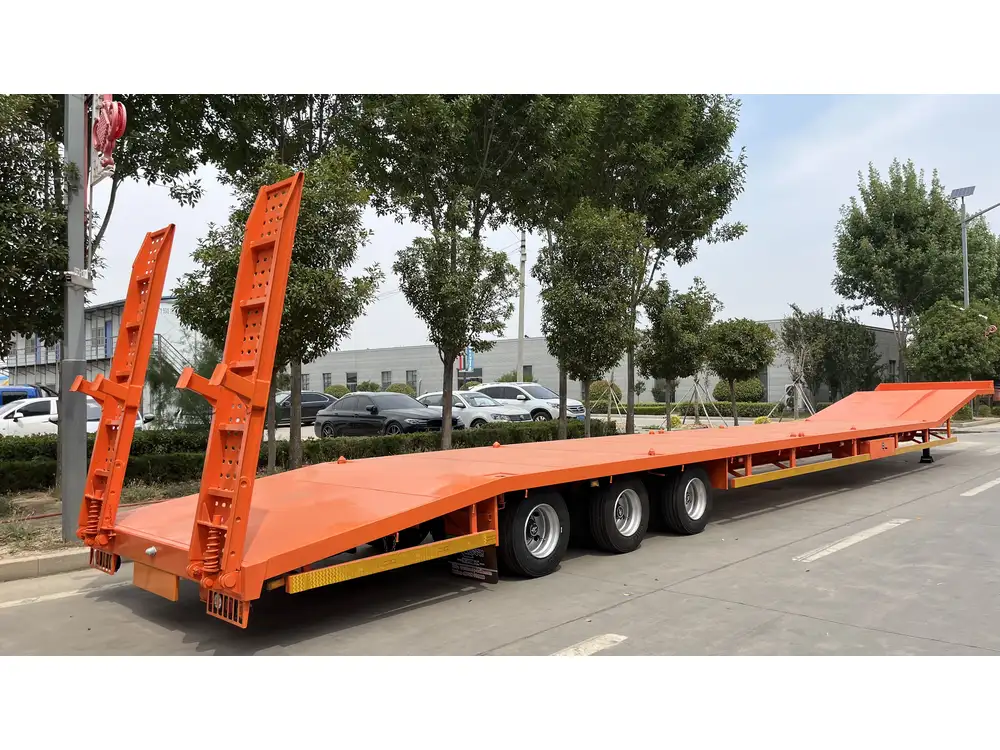
2. Load Sensors
Advanced load sensors can monitor weights and help ensure compliance with maximum load regulations.
3. Temperature Monitoring Systems
Real-time temperature monitoring can enhance the safety of livestock transport. These systems ensure that pigs remain comfortable throughout their journey.
Regulatory Considerations
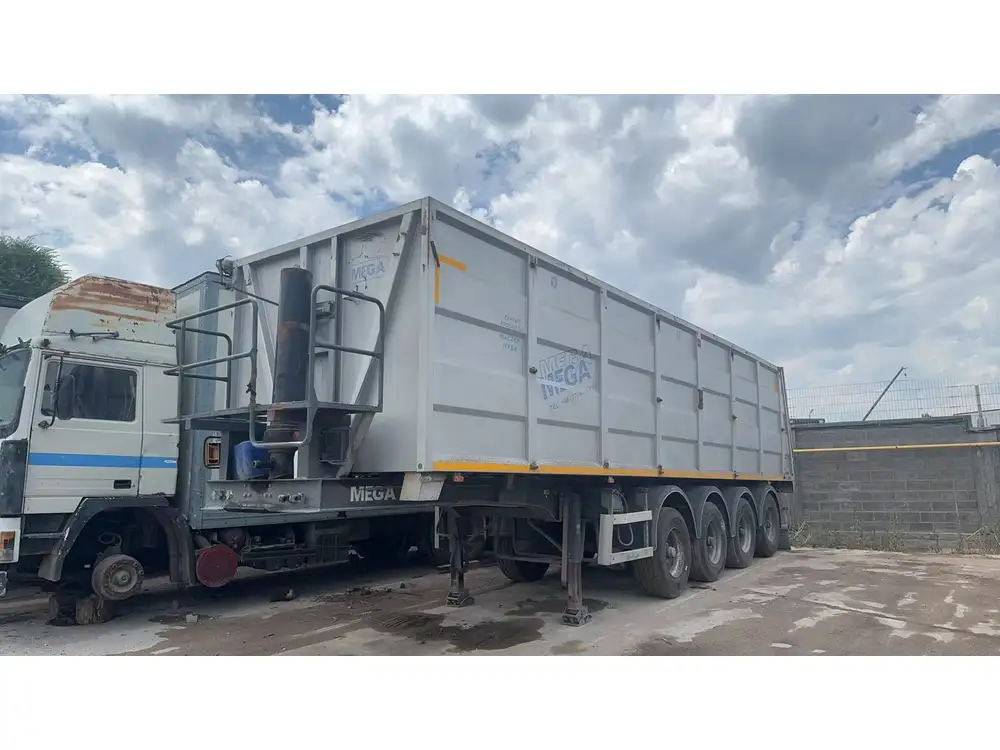
1. DOT Regulations
The Department of Transportation (DOT) imposes restrictions on weight and size, with specifics varying by state. Awareness of these regulations helps ensure compliance and prevents fines that could impact profitability.
2. Animal Welfare Guidelines
Familiarity with the guidelines set forth by organizations like the AVMA and the Humane Society ensures that animals are treated humanely during transport.
Conclusion: Balancing Capacity with Welfare
While the exact number of pigs that can be transported in a semi-trailer varies based on size, weight, and regulations, it is essential to balance transportation efficiency with animal welfare considerations. Proper planning, adherence to regulations, and implementing best practices are vital for successful pig transportation.
By maintaining compliance with both loading and animal welfare standards, we can ensure that the operation not only meets efficiency metrics but also fosters a culture of care for livestock. Thus, whether transporting weaner pigs or mature breeding stock, careful consideration of space, weight, and regulations will lead to optimal outcomes for both animals and transporters alike.



